About us
R1b-L21 PROJECT RESULTS
Descendant Tree, Frequency and Ancient Finds
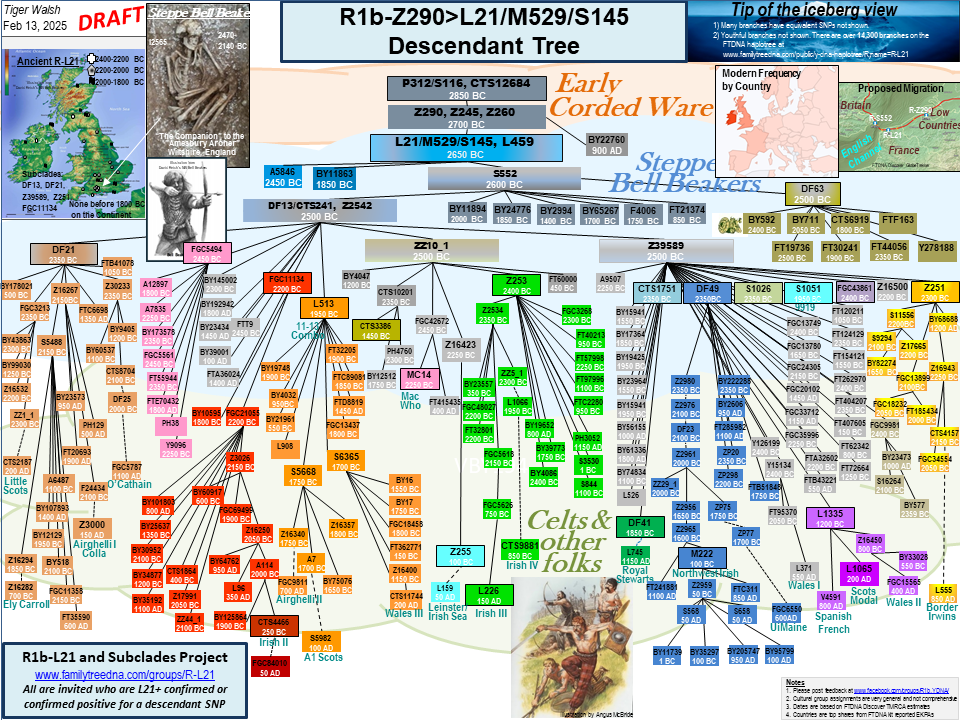
Download PDF
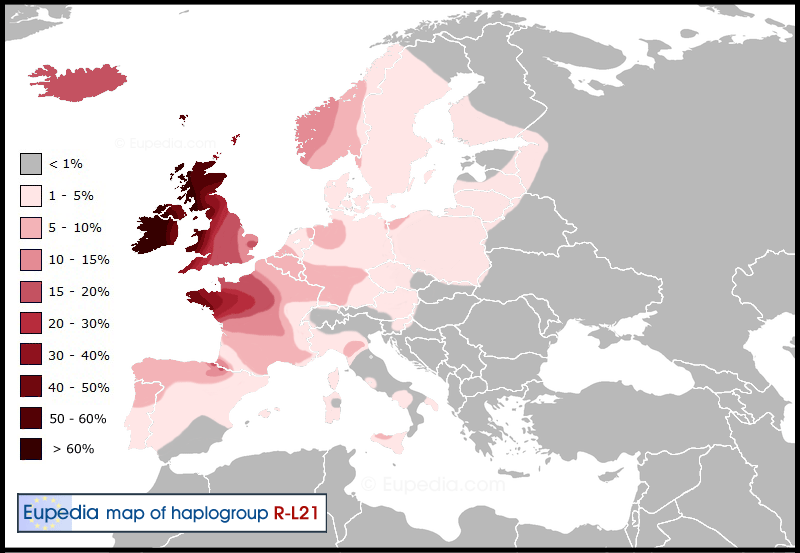
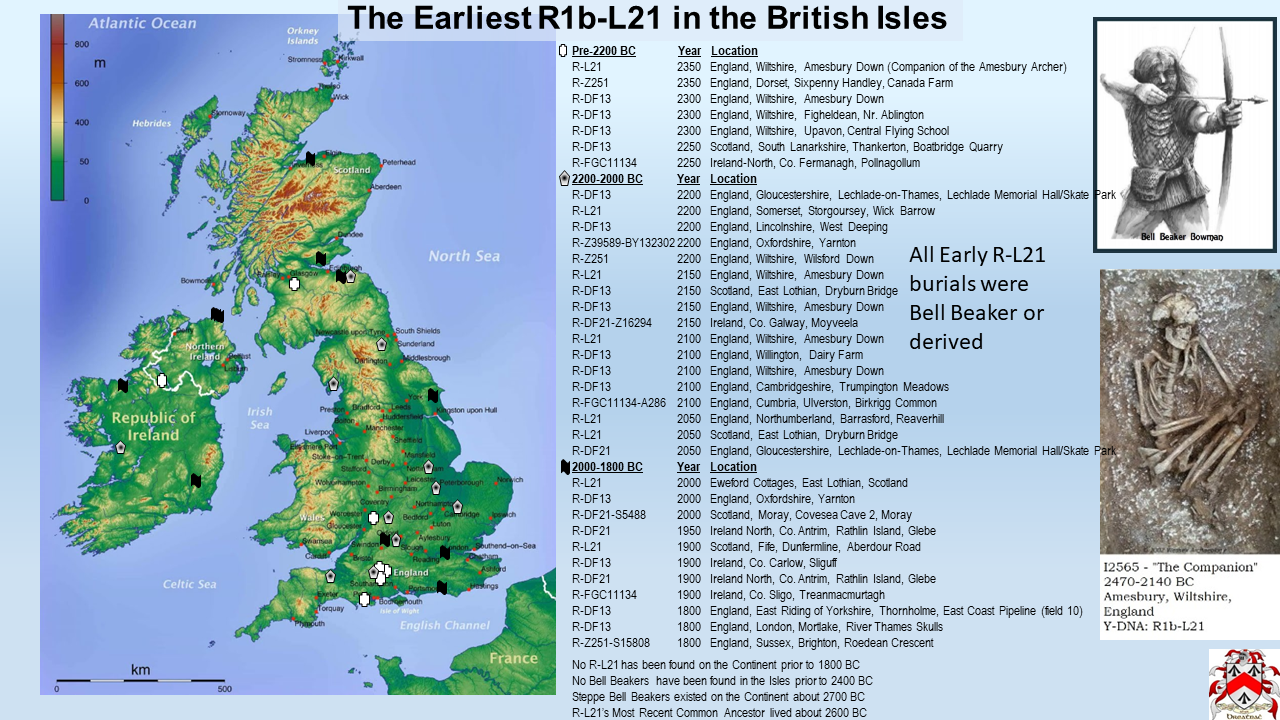
Descendant Trees for Selected Subclades
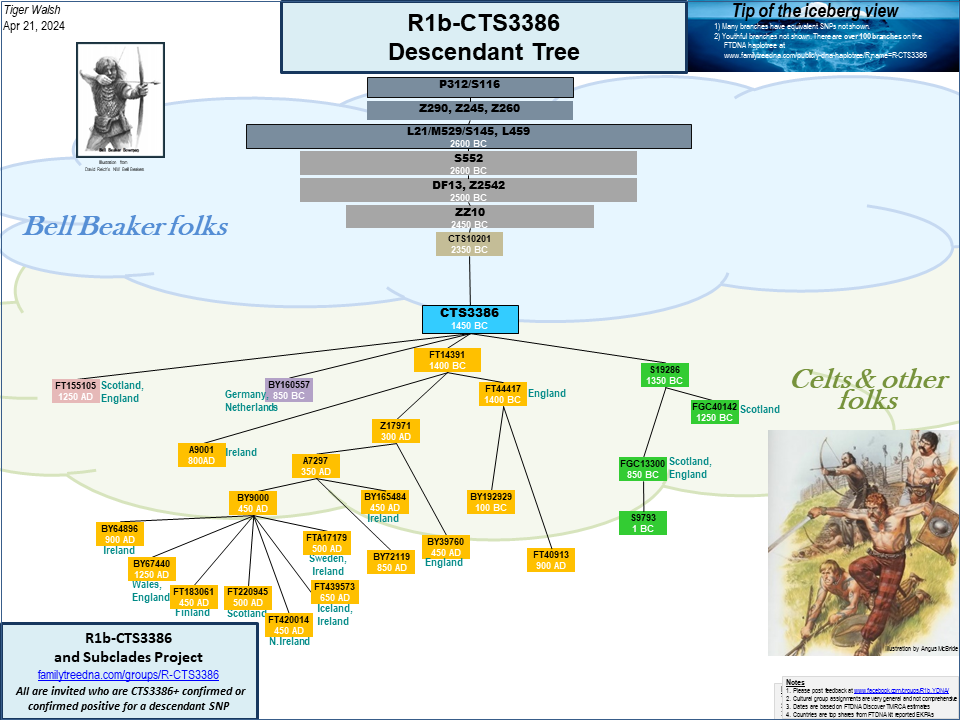

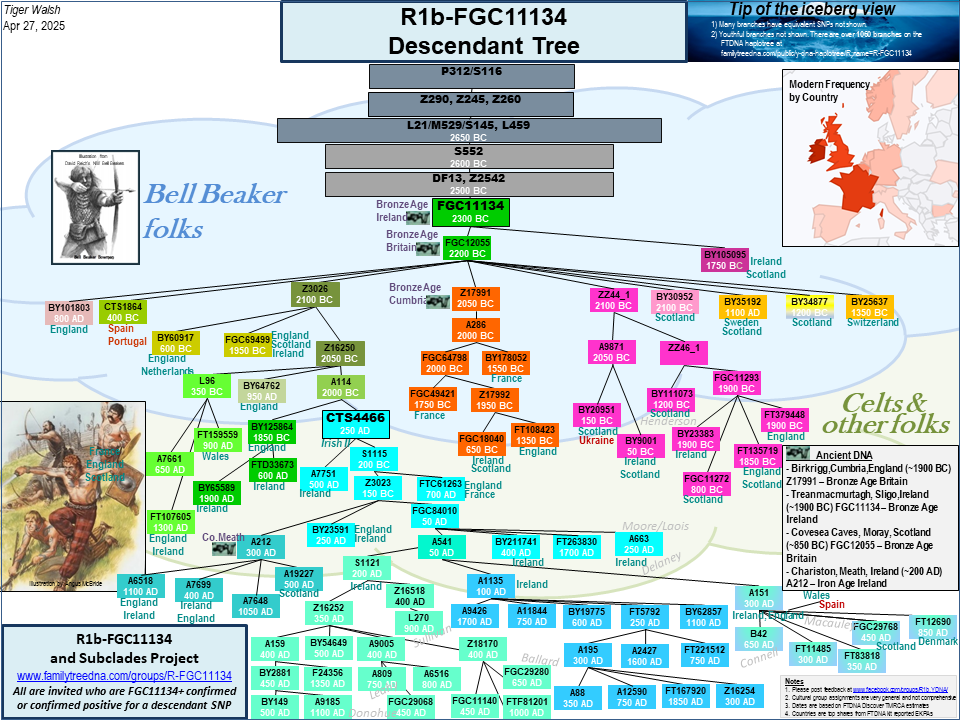
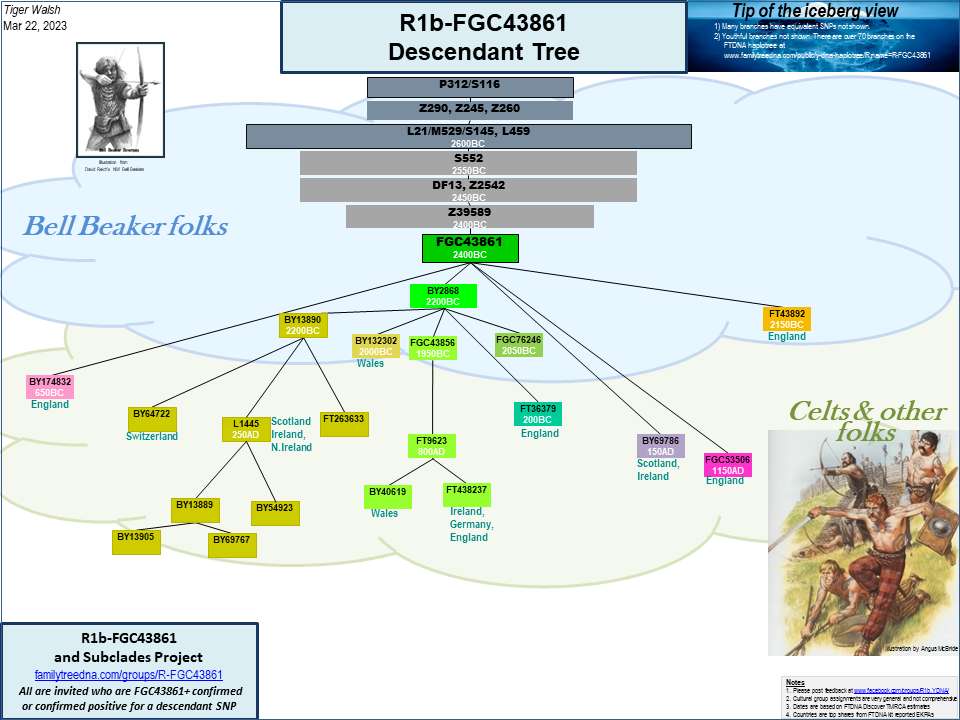
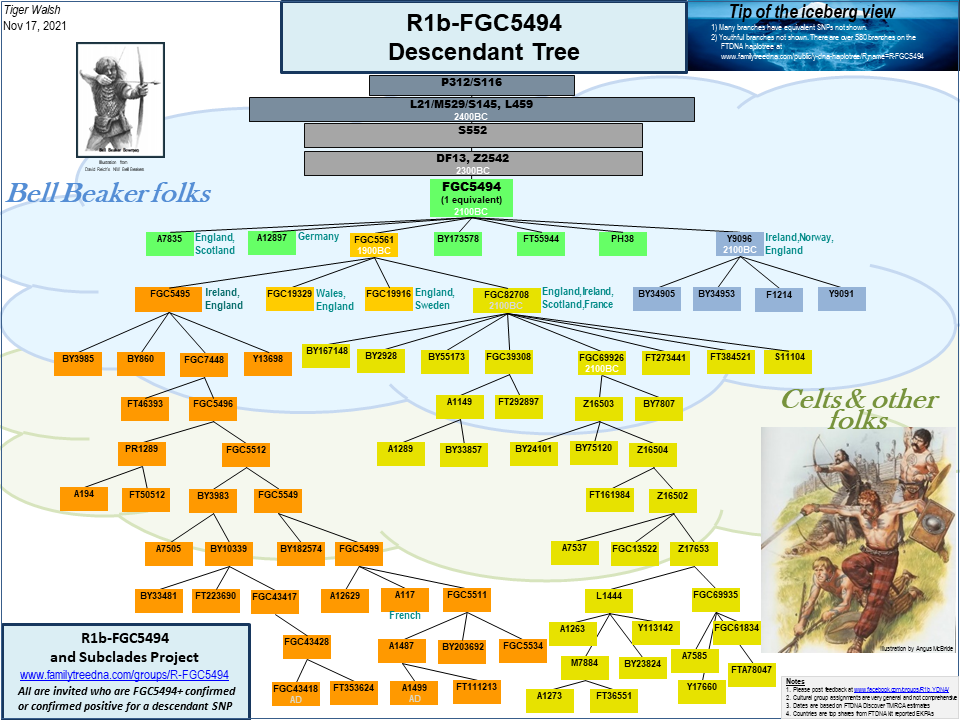
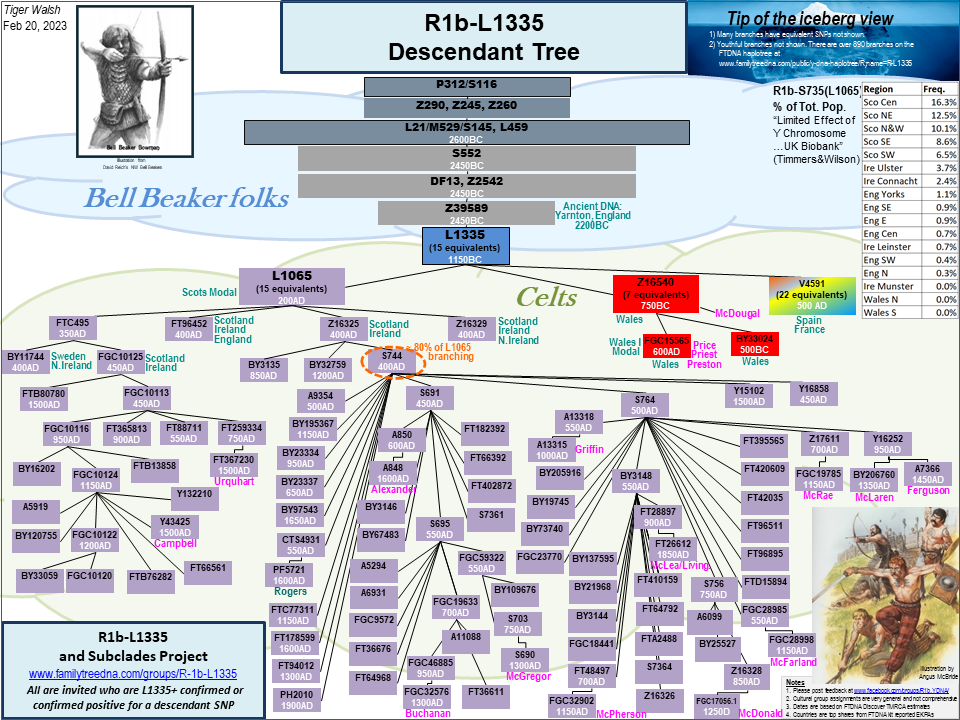
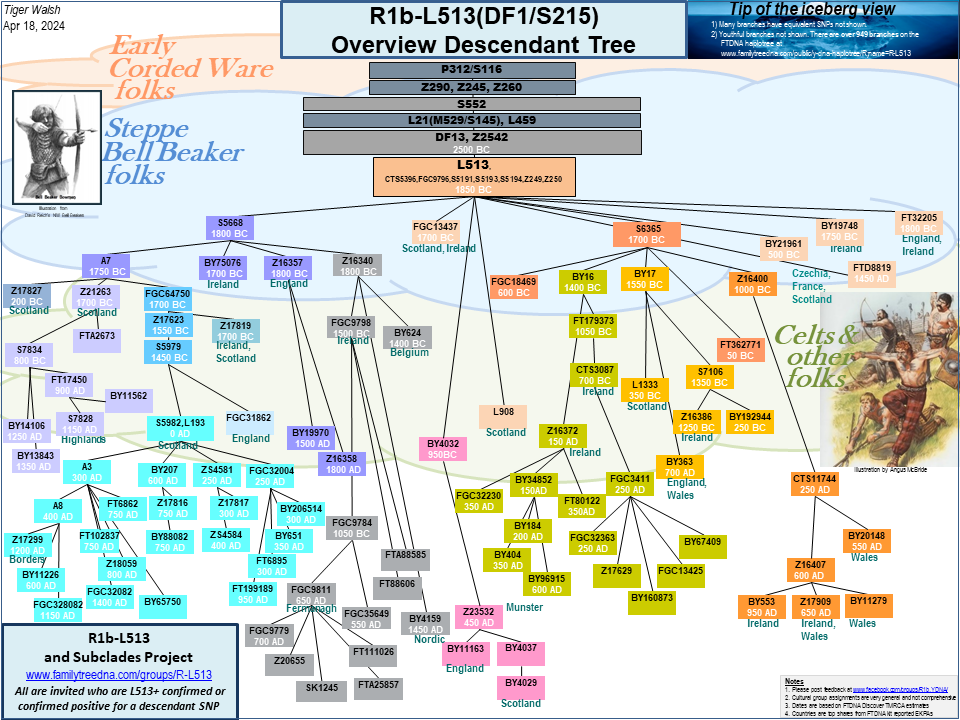
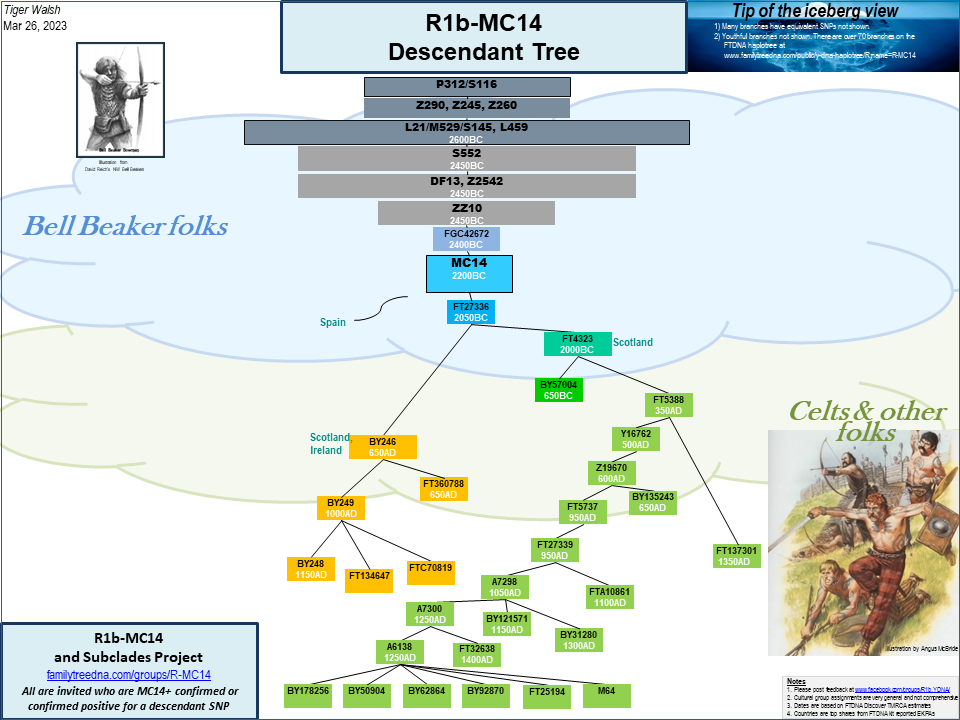
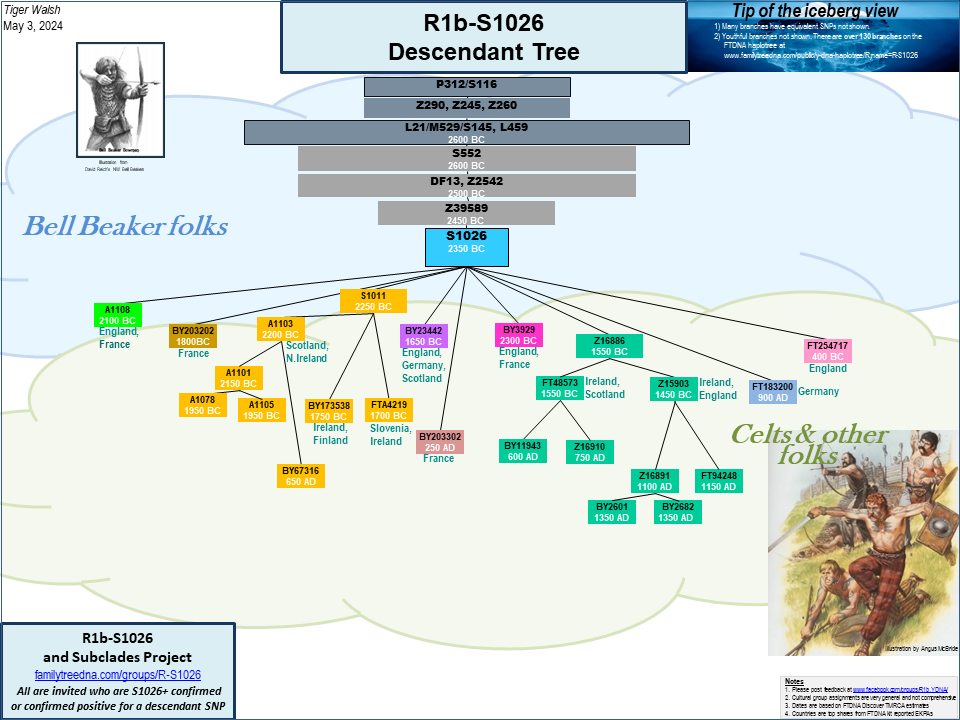
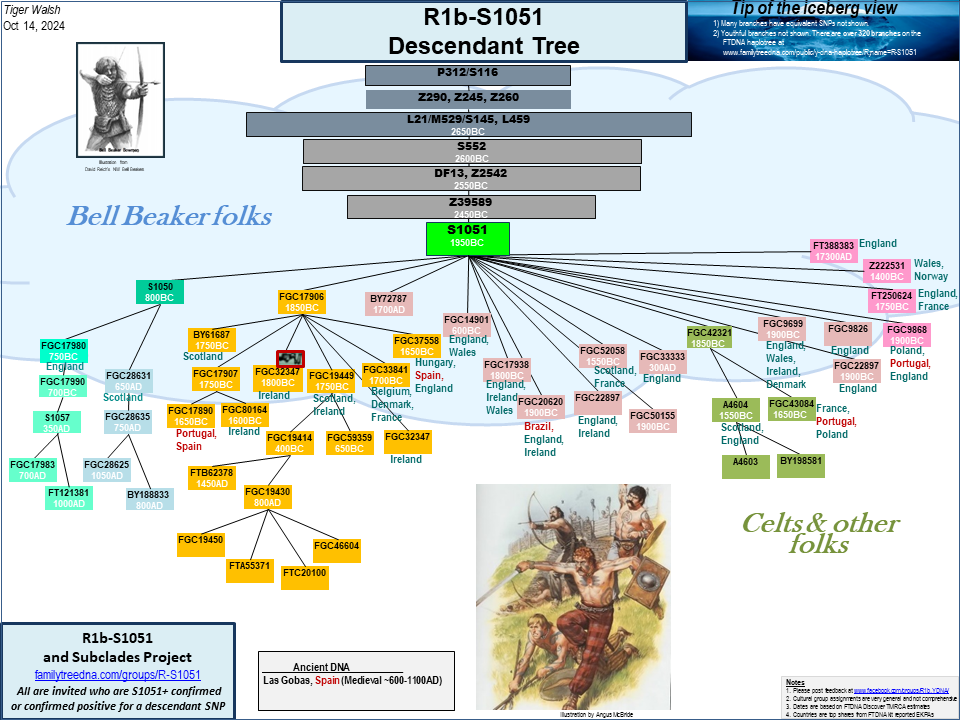
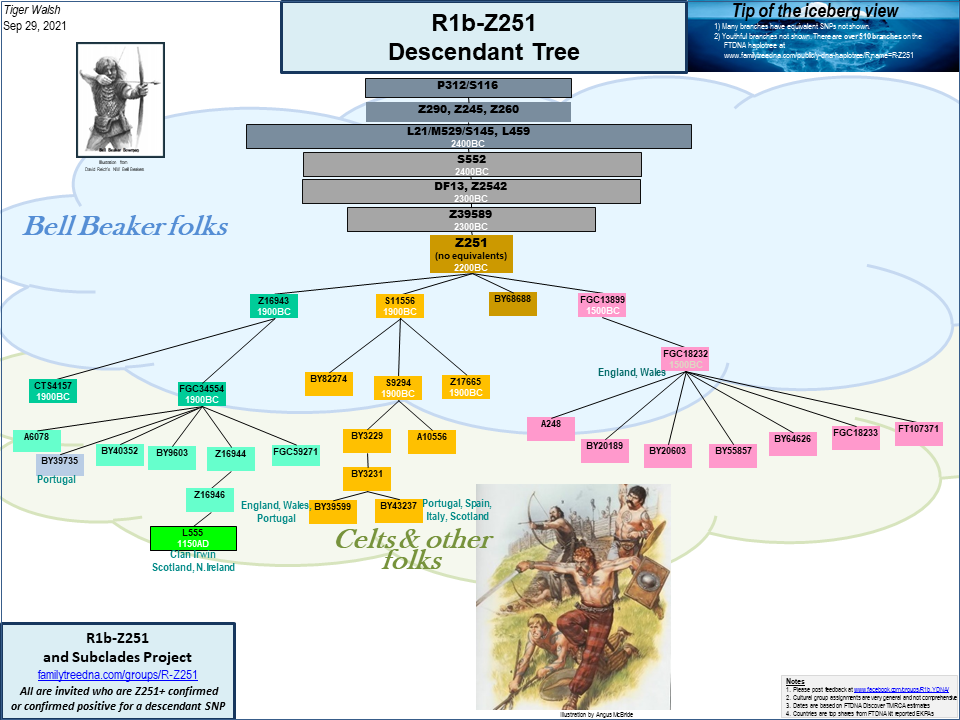
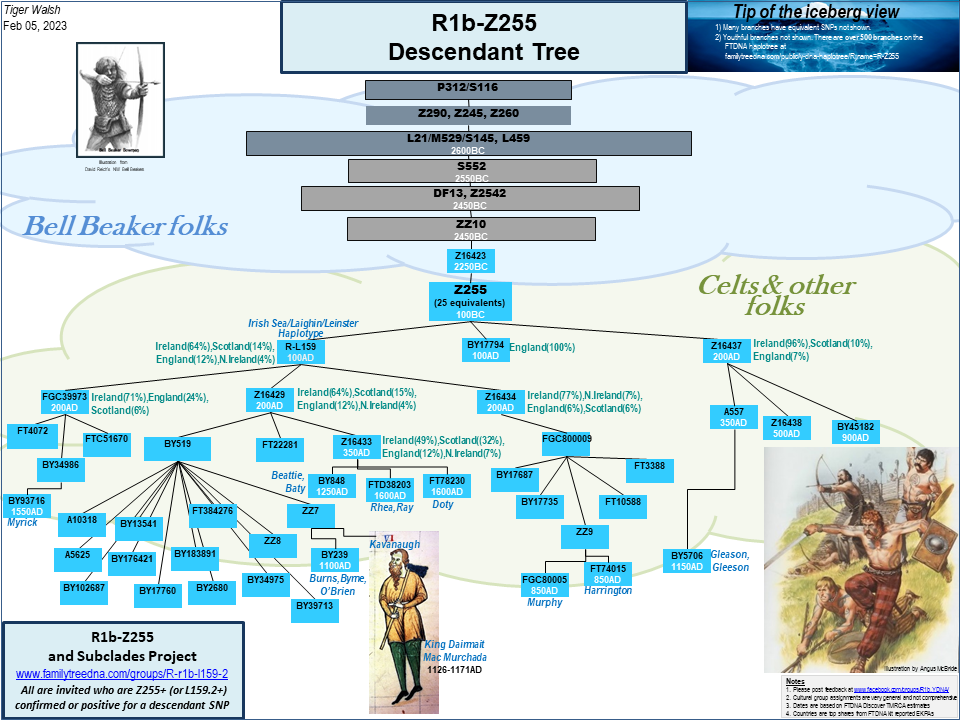
https://discover.familytreedna.com/groups/R-CTS1751/tree
https://www.familytreedna.com/public/R-CTS1751?iframe=yresults
https://discover.familytreedna.com/groups/R-1b-CTS3386/tree
https://www.familytreedna.com/public/R1b-CTS3386?iframe=yresults
https://discover.familytreedna.com/groups/R-DF21/tree
https://www.familytreedna.com/public/R-DF21?iframe=yresults
https://discover.familytreedna.com/groups/R-DF41/tree
https://www.familytreedna.com/public/r-df41?iframe=yresults
https://discover.familytreedna.com/groups/R-DF49/tree
https://www.familytreedna.com/public/R-DF49?iframe=yresults
https://discover.familytreedna.com/groups/r-1b-1c-7/tree (R-M222)
https://www.familytreedna.com/public/r1b1c7/default.aspx?section=yresults (R-M222)
https://discover.familytreedna.com/groups/R-1b-DF63/tree
https://www.familytreedna.com/public/R1b-DF63?iframe=yresults
https://discover.familytreedna.com/groups/R-FGC11134/tree
https://www.familytreedna.com/public/R-FGC11134?iframe=yresults
https://discover.familytreedna.com/groups/R-FGC43861/tree
https://www.familytreedna.com/public/R-FGC43861?iframe=yresults
https://discover.familytreedna.com/groups/R-FGC5494/tree
https://www.familytreedna.com/public/R-FGC5494?iframe=yresults
https://discover.familytreedna.com/groups/R-L1335/tree
https://www.familytreedna.com/public/R1b-L1335?iframe=yresults
https://discover.familytreedna.com/groups/R-L513/tree
https://www.familytreedna.com/public/R-L513?iframe=yresults
https://discover.familytreedna.com/groups/R-MC14/tree
https://www.familytreedna.com/public/R-MC14?iframe=yresults
https://discover.familytreedna.com/groups/R-S1026/tree
https://www.familytreedna.com/public/R-S1026?iframe=yresults
https://discover.familytreedna.com/groups/R-S1051/tree
https://www.familytreedna.com/public/R-S1051?iframe=yresults
https://discover.familytreedna.com/groups/R-Z251/tree
https://www.familytreedna.com/public/R-Z251?iframe=yresults
- Project Y Classic STR and haplogroup results by haplotree branch with Earliest Known Ancestors
- Project Y Colorized STR, STR modal, and haplogroup results by haplotree branch with Earliest Known Ancestors
- Overview Descendant Tree and Complete Haplotree
- Overview Descendant Tree and Complete Haplotree
- Earliest Ancient DNA findings
- Descendant Trees for Selected Branches
- Major Subclade Projects
Descendant Tree, Frequency and Ancient Finds

Download PDF


Descendant Trees for Selected Subclades












https://discover.familytreedna.com/groups/R-CTS1751/tree
https://www.familytreedna.com/public/R-CTS1751?iframe=yresults
https://discover.familytreedna.com/groups/R-1b-CTS3386/tree
https://www.familytreedna.com/public/R1b-CTS3386?iframe=yresults
https://discover.familytreedna.com/groups/R-DF21/tree
https://www.familytreedna.com/public/R-DF21?iframe=yresults
https://discover.familytreedna.com/groups/R-DF41/tree
https://www.familytreedna.com/public/r-df41?iframe=yresults
https://discover.familytreedna.com/groups/R-DF49/tree
https://www.familytreedna.com/public/R-DF49?iframe=yresults
https://discover.familytreedna.com/groups/r-1b-1c-7/tree (R-M222)
https://www.familytreedna.com/public/r1b1c7/default.aspx?section=yresults (R-M222)
https://discover.familytreedna.com/groups/R-1b-DF63/tree
https://www.familytreedna.com/public/R1b-DF63?iframe=yresults
https://discover.familytreedna.com/groups/R-FGC11134/tree
https://www.familytreedna.com/public/R-FGC11134?iframe=yresults
https://discover.familytreedna.com/groups/R-FGC43861/tree
https://www.familytreedna.com/public/R-FGC43861?iframe=yresults
https://discover.familytreedna.com/groups/R-FGC5494/tree
https://www.familytreedna.com/public/R-FGC5494?iframe=yresults
https://discover.familytreedna.com/groups/R-L1335/tree
https://www.familytreedna.com/public/R1b-L1335?iframe=yresults
https://discover.familytreedna.com/groups/R-L513/tree
https://www.familytreedna.com/public/R-L513?iframe=yresults
https://discover.familytreedna.com/groups/R-MC14/tree
https://www.familytreedna.com/public/R-MC14?iframe=yresults
https://discover.familytreedna.com/groups/R-S1026/tree
https://www.familytreedna.com/public/R-S1026?iframe=yresults
https://discover.familytreedna.com/groups/R-S1051/tree
https://www.familytreedna.com/public/R-S1051?iframe=yresults
https://discover.familytreedna.com/groups/R-Z251/tree
https://www.familytreedna.com/public/R-Z251?iframe=yresults